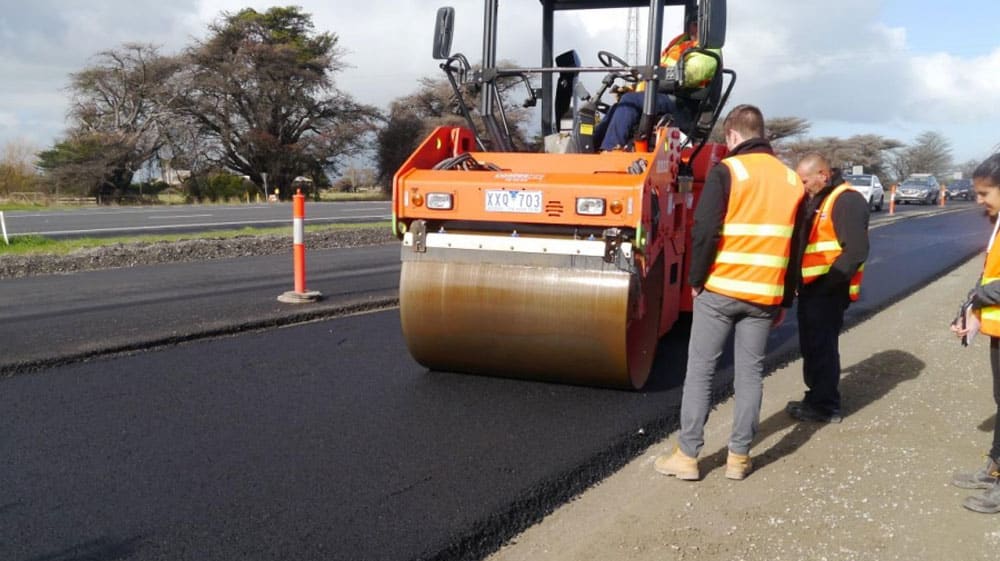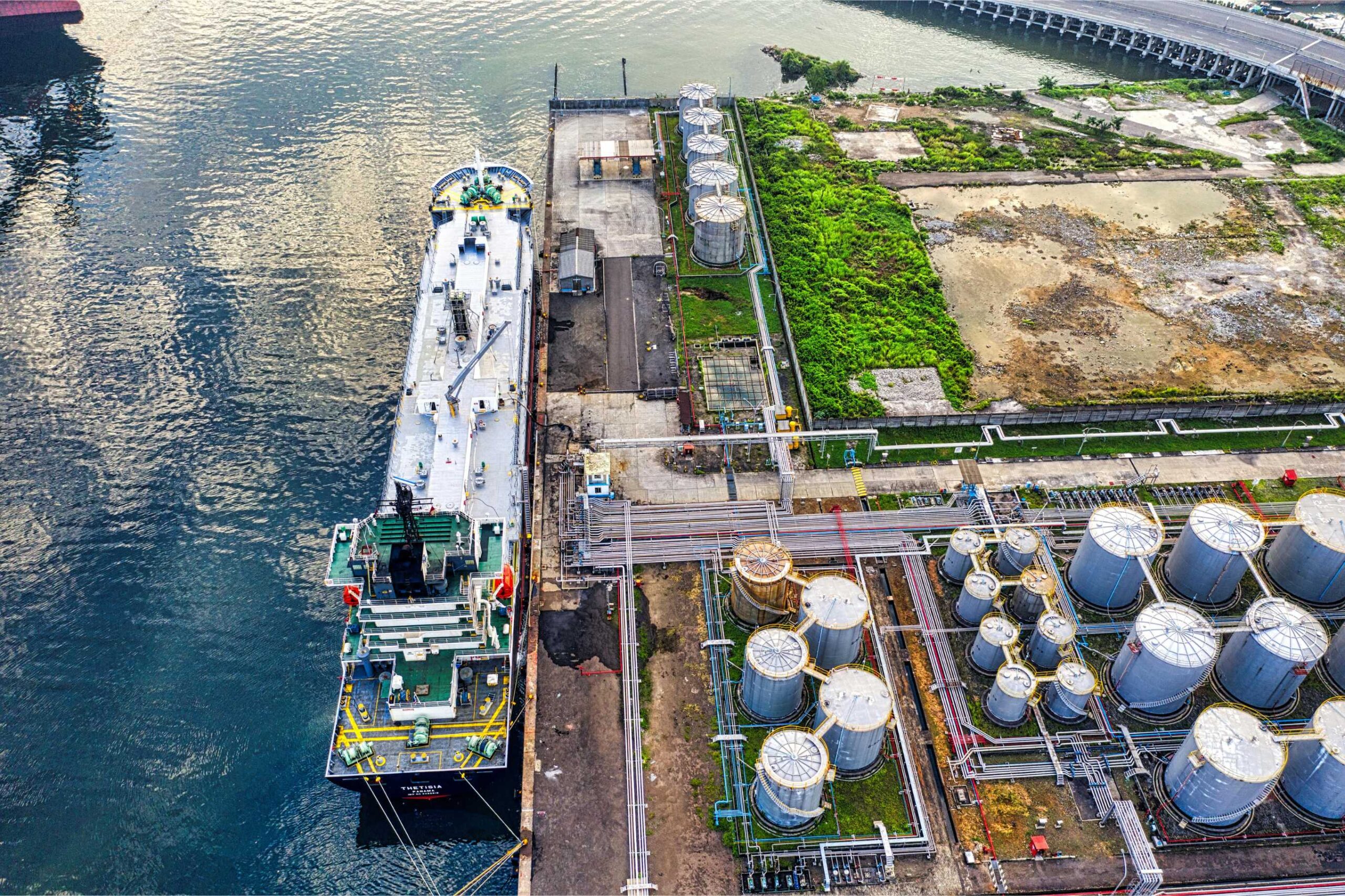In the mechanistic design process, the performance of bound materials including stabilized granular materials, subgrade materials and asphalt is dependent on the input variables that dictate the material performance, also known as the ‘k’ factor.
This factor represents the material specific characteristics when analysed using Austroads standard failure criterion in conjunction with the load induced strain determined by the mechanistic software CIRCLY.
This method is only relative to bound materials (and subgrade materials) as they are considered to be subject to failure mechanisms (fatigue in both asphalt and cemented materials and rutting in subgrade materials) contrary to the use of unbound or modified granular materials.
When calculating the ‘k’ factor for the relevant materials, the following input characteristics are required:
Asphalt
- a) Binder Content – The binder content also known as the voids filled by bitumen (vb) is required and typically represents the elasticity or resilience to fatigue failure of the mix.
- b) Resilient Modulus – The modulus or the ‘stiffness’ of the mix and is generally proportional to the load induced strain under a nominal wheel loading.

Are environmental regulations, health and safety concerns or potential profit loss a concern right now?
Cemented Materials
- a) – Resilient Modulus -Contrary to the determining a ‘k’ factor for asphalt, cemented material does not require a ‘binder content’ as an input variable, but rather is calculated solely on the resilient modulus and the load induced strain.
Subgrade Materials
- b) Similar to cemented materials, the subgrade ‘k’ factor is dependent on the resilient modulus and the load induced strain.
It is highlighted that for cemented materials, in the absence of material specific resilient modulus testing, Austroads have presented a correlation of between 1000 and 1250 factor multiplied by the 28-day UCS of the material and generally limits the allowable resilient modulus to 10,000MPa.
For subgrade materials, in absence of material specific testing, Austroads outlines an empirical relationship that is commonly adopted using conventional California Bearing Ratio (CBR) testing and a factor that ranges from 10-15 with an upper limit of 150MPa.
The benefits of comprehending and dictating specific performance characteristics in design can provide significant benefits – particularly when determining a mix design for insitu cement stabilised granular material or hot insitu recycled asphalt material.
For more information on Global Road Technology or Mechanistic Design and Determining the ‘k’ Factor please Contact Us
MORE INDUSTRY ARTICLES
April 19, 2024
LNG: What is it, and why does it Matter?
April 17, 2024
Team Rio Locks In $23 Billion for Simandou
MORE INDUSTRY ARTICLES
April 19, 2024
LNG: What is it, and why does it Matter?
April 17, 2024

